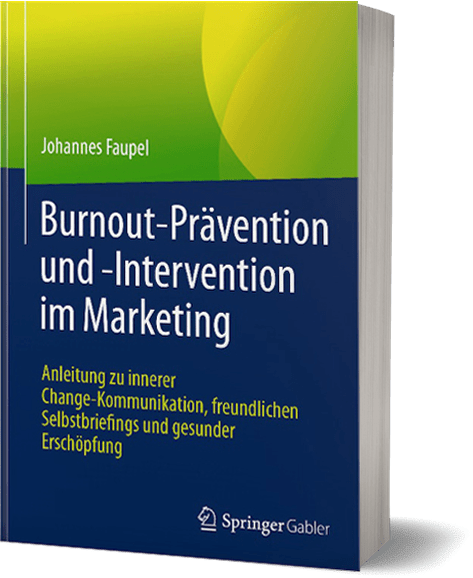Mental Relief: Understanding and Achieving Emotional Wellness
Mental relief involves strategies and practices aimed at achieving emotional wellness. This article explores the various aspects of mental relief, defining key concepts and providing proven strategies for coping and self-help.
What is Mental Relief?
Mental relief refers to the alleviation of emotional distress and the attainment of psychological well-being. It involves practices that help individuals manage stress, anxiety, and depression, leading to a more balanced and fulfilling life.
Why is Mental Relief Important?
Mental relief is crucial for maintaining overall health and well-being. Persistent emotional distress can lead to serious mental health issues, affecting one’s quality of life and productivity. By prioritizing mental relief, individuals can improve their emotional resilience and overall life satisfaction.
The Connection Between Mind and Body
Research shows that mental health significantly impacts physical health. Stress and anxiety can lead to various physical ailments, including heart disease, digestive problems, and weakened immune function. Thus, achieving mental relief is essential for holistic health.
Proven Strategies for Mental Relief
1. Develop a Strong Support Network
Surround yourself with positive and supportive people. A strong social network provides emotional support, helping you cope with stress and anxiety.
2. Practice Mindfulness
Engage in activities that promote mindfulness, such as meditation and yoga. These practices help reduce stress and improve mental clarity.
3. Stay Physically Active
Regular exercise can boost your mood and enhance your resilience. Physical activity stimulates the release of endorphins, which are natural mood lifters.
4. Maintain a Positive Outlook
Focus on positive thoughts and find gratitude in everyday life. A positive mindset can significantly improve your emotional well-being.
5. Learn from Experiences
Reflect on past challenges and the lessons learned from them. This helps build emotional resilience and prepares you for future difficulties.
Why Do People Struggle with Emotional Wellness?
Many people struggle with emotional wellness due to various factors, including unrealistic expectations, societal pressures, and personal insecurities. Understanding these challenges is the first step towards achieving mental relief.
The Illusion of Control
People often believe they should have complete control over their emotions. When they fail to ignore negative feelings, they feel weak and inadequate, leading to self-criticism and increased emotional distress.
Self-Punishment for Emotional Responses
Individuals may punish themselves for not being able to control their emotions. This self-punishment can manifest as negative self-talk, social withdrawal, or neglecting self-care, further exacerbating mental health issues.
Common Negative Thought Patterns
Here are some typical negative thought patterns that contribute to emotional distress:
- “I’m not good enough.”
- “I’ll never be happy.”
- “I don’t deserve love.”
- “I’m a burden to others.”
Breaking the Cycle of Self-Punishment
To achieve mental relief, it’s essential to break the cycle of self-punishment. This involves practicing self-compassion and understanding that it’s okay to experience negative emotions.
Embracing Self-Compassion
Self-compassion means treating yourself with the same kindness and understanding that you would offer to a friend. It’s about recognizing your own suffering and taking steps to alleviate it.
Steps to Cultivate Self-Compassion
- Acknowledge your feelings without judgment.
- Speak kindly to yourself, as you would to a friend.
- Remember that everyone makes mistakes and faces difficulties.
- Seek support from friends, family, or a therapist.
Building Emotional Resilience
Emotional resilience is the ability to adapt to stressful situations and bounce back from adversity. Building resilience involves developing healthy coping strategies and maintaining a positive outlook.
The Role of Positive Visualization
Visualizing positive outcomes can help shift your mindset and reduce stress. By imagining yourself succeeding or overcoming challenges, you can train your brain to respond more positively in real-life situations.
A Story of Overcoming Emotional Distress
Imagine a farmer whose wagon has broken down. Despite the overwhelming situation, he tries to carry all the hay to the barn by himself. As he struggles, he becomes more exhausted and begins to blame himself for the situation. But what if, instead of punishing himself, he sought help and support from others?



